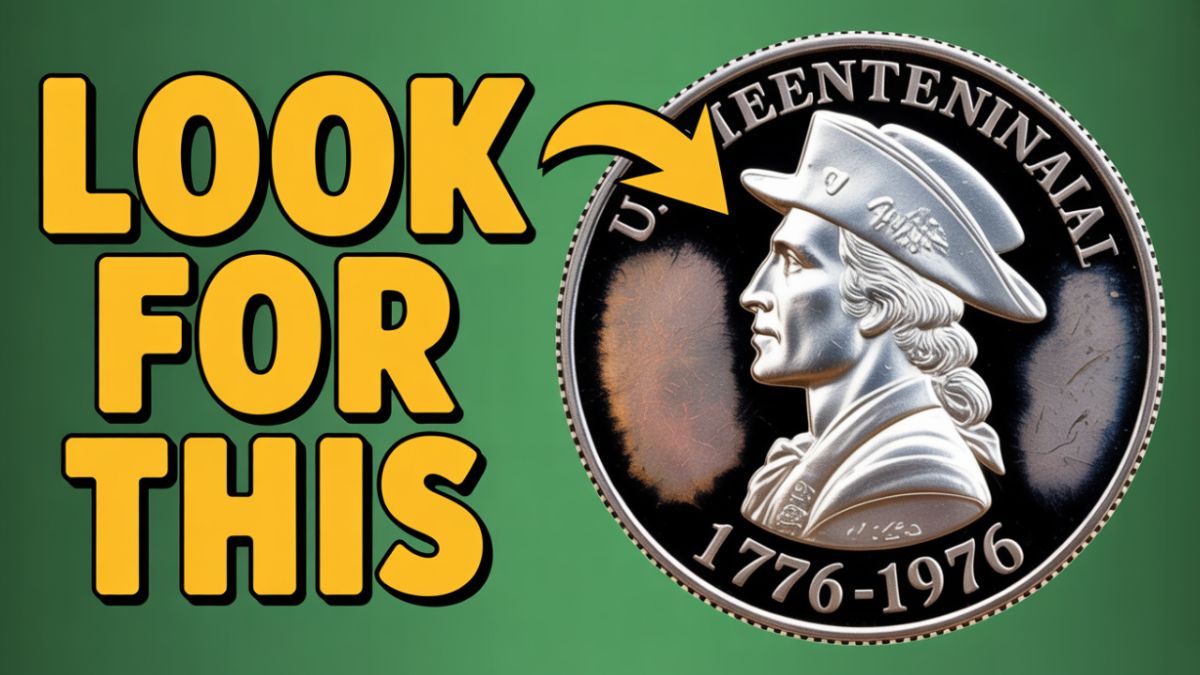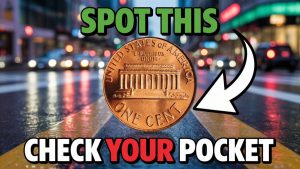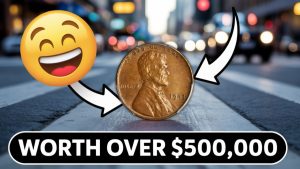Many of us, when cleaning up old coins during the holidays or elsewhere, occasionally take a look and realize that some of these coins may be old, but they may not be worth much. But when a coin that looks like a very ordinary 25-cent quarter sells for $1.2 million (about ₹10 crore) at a private auction, it’s not just an event—it becomes a miraculous discovery that forces millions of Americans to rummage through their piggy banks and boxes of old coins. And that’s what happened with the 1976 Bicentennial Quarter, which has shaken up the coin-collecting world.
History and Significance: Why is this 1976 quarter special?
The year 1976 holds special significance for the US because it was the year the country celebrated 200 years of its independence. To celebrate this historic occasion, the US Mint issued special commemorative coins. Among the coins issued in this Bicentennial Series, there was also a special quarter, which looked like a normal quarter but there was a big difference in the design on its back.
While the normal quarter has a picture of George Washington on one side, there is an eagle on the other side. But this Bicentennial quarter has an image of a colonial drummer boy on the back, which reminds me of the American freedom struggle. Along with this, two dates are imprinted in it—1776–1976—which makes it even more special. Although these quarters were printed in millions and most are still available today at a price of just 25 cents, some special variants have become rare gems today.
What was special about that $1.2 million quarter?
Now the question arises: what was there in this special quarter that made its price sky-high? According to reports from coin experts and auction houses, this quarter became so valuable for three main reasons:
- First, the difference in its metal: most Bicentennial quarters were made from a copper-nickel clad metal. But this particular quarter was accidentally struck on a 90% silver planchet, making it a rare error coin. It happened by mistake and should never have gone into circulation.
- Second, its condition: The coin is graded MS-68 (Mint State), which indicates that the coin was almost brand new—no scratches, no blemishes, and perfectly shiny. There are only a handful of Bicentennial quarters of this quality in the world.
- Third, the proof strike: This coin was a proof-quality strike, made for a special collection or display but accidentally entered the public. This means it has a high level of shine, clarity, and sharpness.
Due to all this, a private collector spent a huge amount of money to add it to his collection, giving it the title of “National Heritage.”
Can such rare quarters still be found?
You may wonder that if this coin is so rare, can any other quarter like this still be found in the market or in our homes? The answer is yes, the chances are very slim but not completely impossible. Millions of quarters are printed in the US every year, and some of these rare error coins may accidentally come among the public. Many variants of the Bicentennial quarter may still be in circulation today, especially in old coin collections, inherited piggy banks, or second-hand sales.
Some signs that can help you identify such rare quarters are:
- No mint mark (no P, D, or S written on it)
- The coin’s color looks a little different (silver tone).
- The coin weighs more than 5.67 grams (indicating silver metal).
- Double die error, in which letters or numbers appear double
- Completely wear-free and sharp edges, i.e., uncirculated state
Why is the market of rare coins becoming popular?
Since the Covid-19 pandemic, people have turned to alternative assets, such as coins, stamps and artworks, apart from traditional investments. International companies like Heritage Auctions say that the rare US coin market has grown by more than 30% in the last 5 years. People are now looking at these coins not just from a collection point of view but as an investment and safe asset.
What to do if you have such a coin?
- Use a digital weighing machine: If the coin is a Bicentennial quarter and weighs more than 5.67 grams, it may be on a silver planchet.
- Check online guides and forums. Some websites like PCGS, NGC and Numista can help you match designs and errors.
- Get professional grading: Get certification from coin grading services like NGC or PCGS to confirm its value and authenticity.
- Plan to sell at auction: If your coin is found to be rare, you can sell it at reputed auction houses like Heritage Auctions or eBay USA.
Conclusion—There could be a treasure worth crores hidden in your pocket.
The 1976 Bicentennial Quarter is not only a commemorative coin, but it is a living example of history, coincidence and patience. Today, when a modest coin is sold, it is worth selling it at a price of $10,000. The coin sold for $1.2 million, reminding us that sometimes the greatest treasures are hidden where we least expect them.
So the next time you’re sorting through your old coins, take a closer look—you might have both history and fortune hiding in your pocket.
FAQs
Q. What is the 1976 Bicentennial Quarter?
A. It’s a special U.S. quarter issued to celebrate 200 years of American independence, featuring a colonial drummer design and the dates 1776–1976.
Q. Why did one Bicentennial Quarter sell for $1.2 million?
A. That specific coin was struck on a 90% silver planchet, had a rare proof strike, and was in near-perfect condition, making it extremely valuable.
Q. How can I identify a rare Bicentennial Quarter?
A. Look for silver color, no mint mark, double-die errors, unusual weight, or sharp, uncirculated edges.
Q. Are Bicentennial Quarters still in circulation?
A. Yes, most are still worth face value, but rare error versions may occasionally be found in old coin jars or collections.
Q. What should I do if I think I found a rare quarter?
A. Weigh it, inspect for mint errors, and get it authenticated by a professional grading service like PCGS or NGC.


